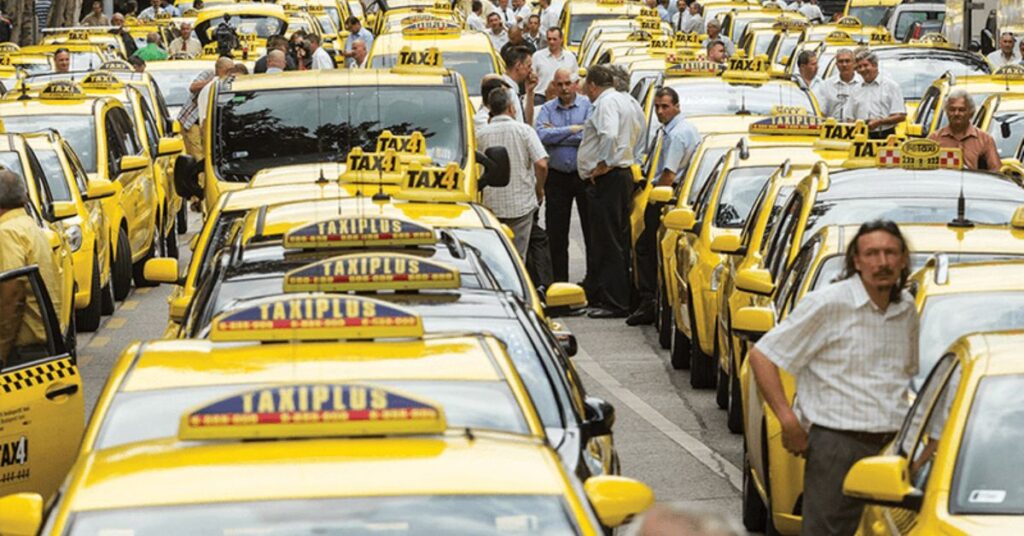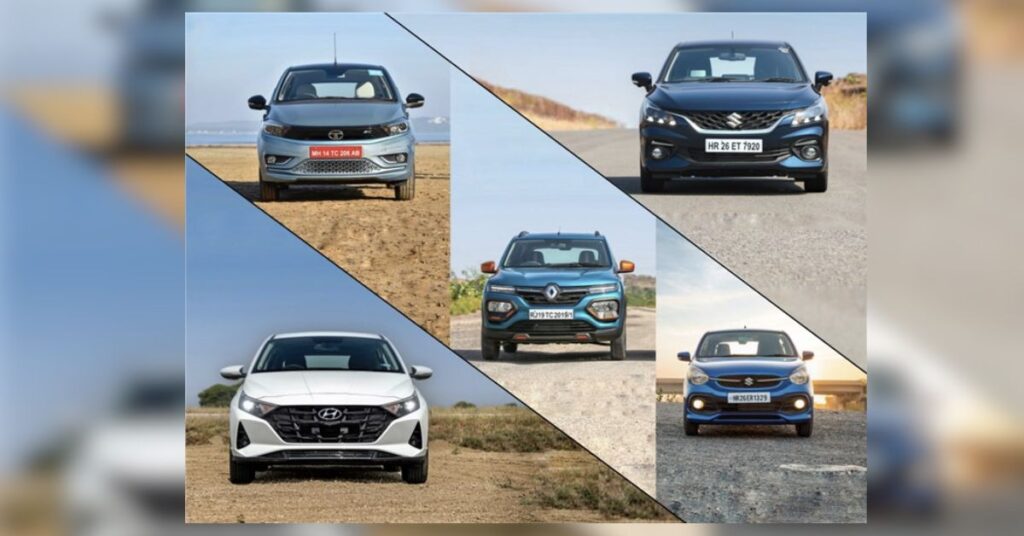India has recently implemented a comprehensive vehicle scrappage policy aimed at removing old and polluting vehicles from its roads. Under this policy, vehicles older than 15 years (for diesel and petrol cars) are mandated to be scrapped. In the capital city of Delhi, even 15-year-old petrol or CNG cars are considered unfit to drive in the National Capital Region (NCR). This initiative is not only helping to address environmental concerns but also comes with various benefits for vehicle owners who choose to participate in the scrappage program.
The Scrapping Process:
To participate in the vehicle scrappage program, vehicle owners should follow these steps:
Step 1: Contact an Authorized Recycler
If you wish to scrap your vehicle, begin by contacting an authorized recycler. You can find information on reputable recyclers on the websites of organizations like CERO (Mahindra MSTI Cero Recycling) or MSTI (Maruti Suzuki Toyota India). Schedule an appointment with them. If your vehicle is in working condition, you have the option to either take it directly to the scrapping center or request doorstep pickup for a fee.
Step 2: Document Submission and Legal Procedures
Before handing over your vehicle to the scrapping center, ensure you have all the necessary documents, including the Registration Certificate (RC), Driving License, Insurance, Fitness Certificate, and your identity card. If there are any pending challans, bank loans, accidents, or insurance claims associated with the vehicle, these legal matters must be resolved before scrapping. You will also need to complete Form 2, providing details for the Authorized Scrap Dealer, who will issue a certificate as proof of transfer of ownership. It’s essential to remove the chassis number from the vehicle before scrapping.
Step 3: Vehicle Dismantling and De-Pollution
Once the paperwork is complete, the scrapping process begins. First, the vehicle’s tires are removed, and if applicable, the CNG kit is detached. The battery and air conditioning system are then de-gassed and emptied of refrigerant. Essential vehicle components are disassembled for potential reuse. At the de-pollution station, all types of fluids, including engine oil, transmission oil, brake oil, steering oil, coolant, and windshield washer fluid, are safely removed. The battery, metals, oils, and coolants are destroyed according to global environmental standards. Additionally, the fuel tank and silencer are removed.
Following this, the vehicle undergoes manual dismantling, including the removal of body panels, bonnet, boot lid, doors, fenders, bumpers, headlights, tail lights, interior parts, and wiring harness. The engine, suspension, brakes, and eventually the Vehicle Identification Number (VIN) plate are removed.
The remaining car body is lifted by a crane and crushed, with the steel sold for smelting. Body panels and parts are also sold, ensuring no harmful AC gases or oils are released into the environment.
Step 4: Certificate of Destruction and Deregistration
After scrapping is complete, the recycling center provides a ‘Certificate of Destruction.’ This certificate is used at the Regional Transport Office (RTO) to deregister the vehicle. It includes information about the vehicle’s model, registration number, and the scrap value. The vehicle’s number is removed from the RTO records to prevent misuse. The scrap value is paid to the owner online or through a cheque.
Benefits of the Vehicle Scrappage Policy:
Participating in the vehicle scrappage program offers several benefits to vehicle owners:
- Discount on New Vehicles: Owners presenting a scrappage certificate can receive a 5 percent discount on the ex-showroom price of a new vehicle.
- Registration Fee Waiver: In some states, registration fees for new vehicles are waived when the scrappage certificate is provided.
- Road Tax Rebate: Under the new policy, there is a 25 percent rebate on road tax for three years when purchasing a new vehicle.
- State Discounts: State governments may offer additional discounts of up to 25 percent on private vehicles and up to 15 percent on commercial vehicles.
- Age-Based Tax Exemption: Transport vehicles must be scrapped before 8 years, and non-transport vehicles before 15 years, to be eligible for government exemptions under the scrappage policy.
List of Authorized Scrappers of Motor Vehicles in Delhi-NCR.
| S.No. | License No. | Name of Firm | Address | Contact | E-mail Address |
| 1 | 0001/2018 | M/s Mahindra MSTC Recycling Pvt. Ltd. | 6th Floor, Mahindra Towers, 2A, Bhicaji Cama Palace, New Delhi-110066 | N/A | N/A |
| 2 | 0002/2020 | M/s Pineview Technology Pvt. Ltd. | C-260, Mayapuri Industrial Area Phase-II, New Delhi-110064 | 9873345301, 9999996391 | pineviewtechnlogy@gmail.com |
| 3 | 0003/2020 | M/s Bharat Motors | 10/4, 1st Floor, Block-D1, Rewari Line, Industrial Area, Phase-II, Mayapuri, New Delhi-110064 | 8368132192, 8976083364 | N/A |
| 4 | 0004/2020 | M/s Bharat Vehicle Scrap | F-107, Best Star Mall DDA Complex, Pocket-7, Sector-24, Rohini, Delhi-110085 | 9711544438 | bharatvehiclescrap@gmail.com |
| 5 | M/s Maruti Suzuki Toyotsu India Pvt. Ltd. | A-06, Sector-80, Phase-2, Noida, Uttar Pradesh-201305 | 0120-6101300 | N/A |
Conclusion
India’s vehicle scrappage policy is a significant step towards reducing pollution, promoting responsible vehicle disposal, and incentivizing the purchase of new, cleaner vehicles. By following the scrappage process outlined above, vehicle owners can not only contribute to a cleaner environment but also benefit from attractive incentives when purchasing new vehicles. This policy is not only good for individuals but also for the nation’s environmental and economic health.
Read More:




